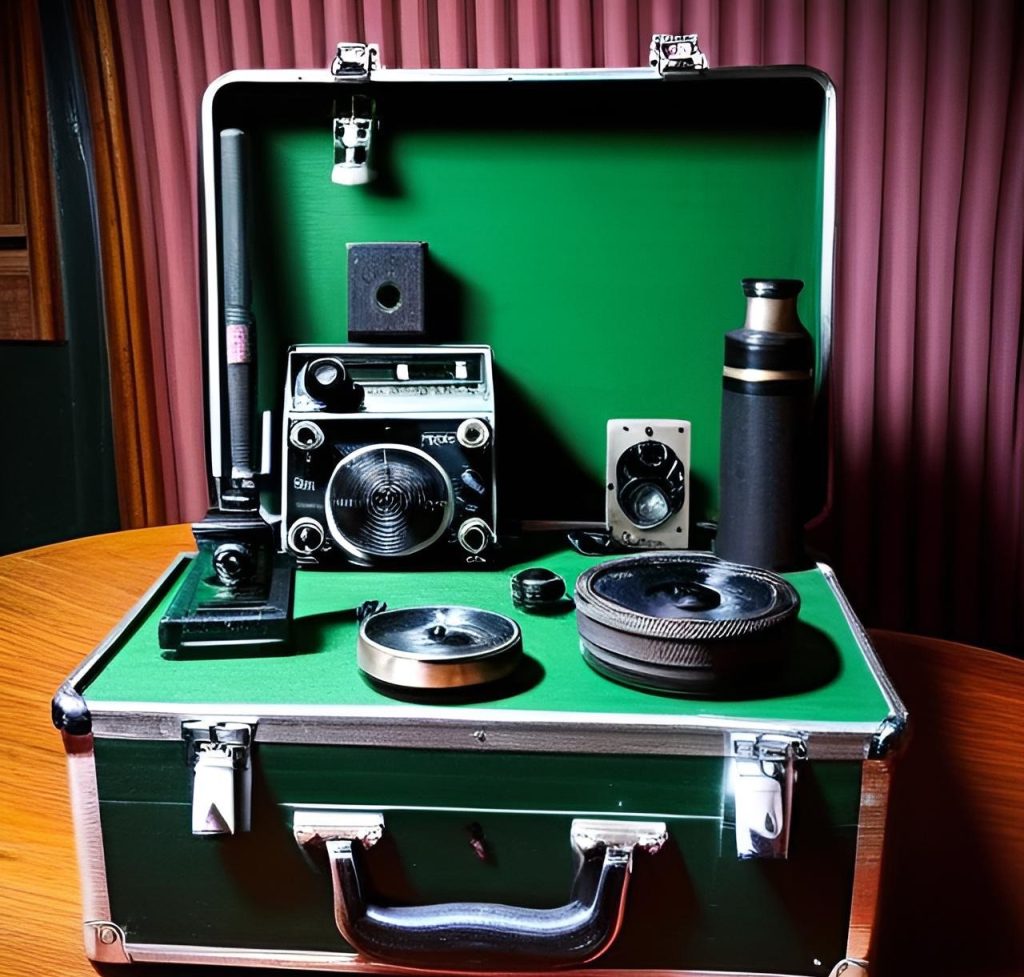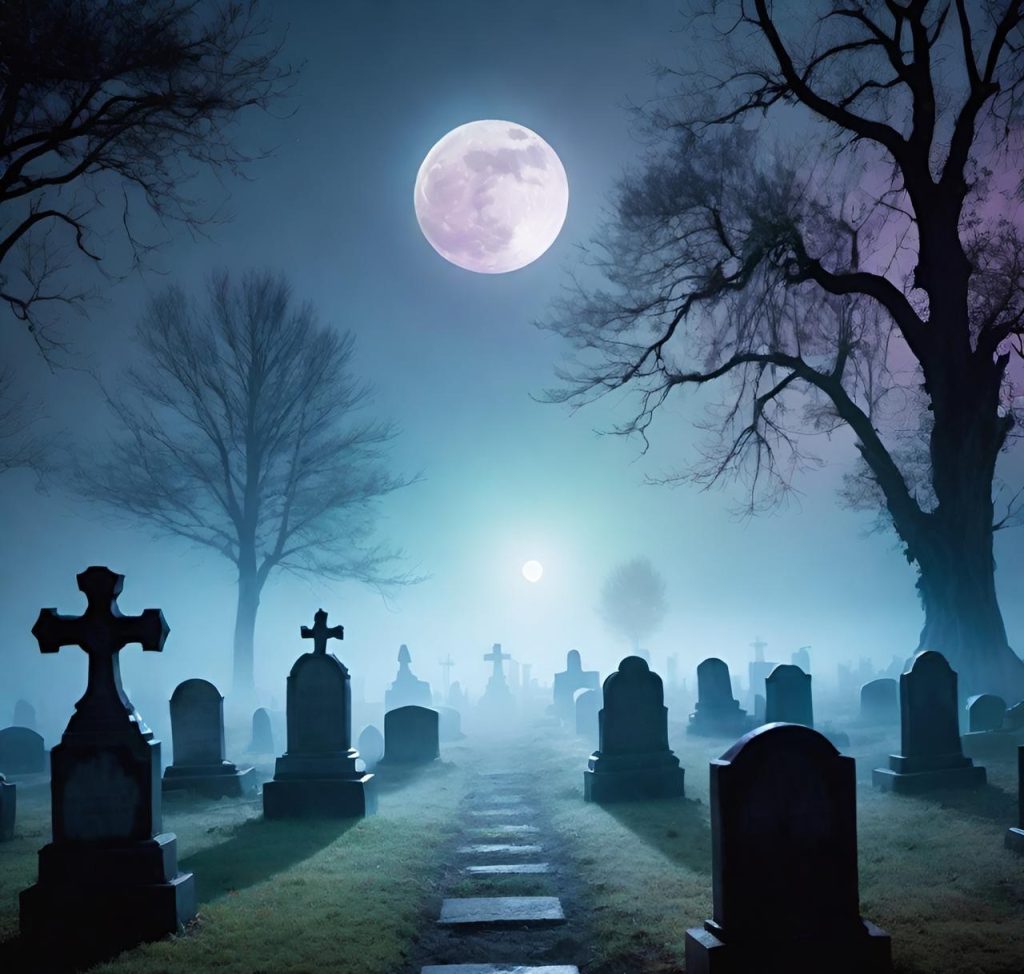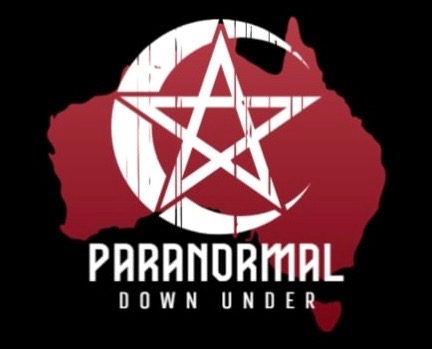So you’ve finally done it, you’ve gathered your first set of ghost hunting gear, from your EMF detector and EVP recorder to a trusty flashlight and maybe even a night vision camera. You’ve watched investigators on YouTube, followed paranormal groups online and can’t wait to get out there and experience the thrill yourself.
But where do you begin once your equipment is ready?
Becoming a successful paranormal investigator takes more than curiosity, it takes patience, practice and a deep understanding of both your tools and your environment. Before you head into private homes or infamous haunted locations, it’s crucial to spend time learning your gear, testing techniques and understanding the natural world around you.
This guide will walk you through exactly how to start as a paranormal investigator, safely, respectfully and effectively.
1. Learn Your Equipment Before You Hunt
Every tool you bring into an investigation serves a purpose, and knowing exactly how it works can mean the difference between capturing real evidence and misinterpreting natural phenomena.

EMF Detectors
An EMF detector measures electromagnetic fields, which some believe spirits can manipulate to commuicate. But before assuming every spike is paranormal, test your detector near electrical wiring, phones or appliances to see what normal interference looks like. Learn its behaviour so you can recognise genuine anomalies.
EVP Recorders
Your digital recorder is one of your most important tools for capturing Electronic Voice Phenomena (EVPs), possible spirit voices. Practice using your recorder in quiet spaces to understand how different background noises sound during playback. The more you know what’s normal, the easier it’ll be to identify the unexplainable.
Spirit Boxes
A spirit box rapidly scans radio frequencies, creating white noise and short bursts of sound that spirits may manipulate to form words. Before assuming communication, listen to your device in various areas so you understand what random radio chatter sounds like versus intelligent responses.
Infrared or Full-Spectrum Cameras
Cameras can capture light spectrums unseen by the human eye. Take practice photos and videos in dim or low-light environments to study how dust, moisture and insects appear on camera. This helps you avoid misidentifying natural elemtns as orbs or light anomalies.
2. Practice Makes Perfect – Start in Public Graveyards

Once you’re comfortable with your gear, it’s time to test it in a real environment. Public cemeteries and historical graveyards are the perfect training grounds for beginner investigators.
Here’s why:
- Accessibility: Public graveyards are often open or allow access with permission, making them ideal for beginners.
- Rich History: Cemeteries hold countless stories, dates and names that make for intriguing investigations.
- Low Pressure: You’re not investigating for a client, so you an focus on learning, not performing.
When visiting a cemetery for paranormal practice:
- Always research the site first and ensure it’s legally accessible.
- Be respectful, avoid wakling directly over graves or disturbing markers.
- Take time to observe the environment, notice natural noises, light sources and temperature changes.
- Use the opportunity to memorize your equipment setup. Practice setting up your recorder, callibrating your EMF and scanning with your camera.
The goal isn’t to capture something paranormal right away, it’s to learn how your equipment behaves in the real world, so when something truly unusual happens, you’ll recognise it immediately.
3. Learn the Art of Debunking Early
A great paranormal investigator is also a great skeptic. It might sound strange, but skepticism protects credibility. Before declarring anything “paranormal”, work through all possible natural explanations.
Here’s an idea of some things to look for:
- Electrical Interference: Wires, routers and power sources can trigger EMF spikes.
- Environmental Noises: Wind, animals and even far-off cars can cause strange sounds.
- Light anomalies: Dust, bugs and reflections can look like glowing orbs or figures.
By debunking first, you build integrity, and when you do capture something you can’t explain, your evidence will carry far more weight.
4. Focus on Documentation
Every experienced investigator knows the importance of good documentation. During every Investigation, take note of:
- Time and date
- Weather and temperature
- EMF readings
- Personal feelings or sensations
- Equipment activity
Afterwards, review your recordings carefully. True evidence often hides in the details, an EVP you didn’t hear in the moment, a flicker on camera or a temperature change captured by your meter.
This documentation process helps you refine your skills, track patterns and build your own investigation style over time.
5. Build Experience Before Private Investigations
Before you move on to private residences or famous haunted locations, spend time investigating open or public spaces. You’ll develop confidence in your methods and learn how to handle different settings, urban, rural, rural and outdoor.
Eventually, consider joining or collaborating with an established paranormal investigation group. Many teams host open investigations or training nights where newcomers can learn proper techniques, safety protocols and ethical investigation standards.
Learning from seasoned investigators will help you:
- Understand how to approach clients respectfully
- Handle evidence review as a team
- Use advanced equipment safely and effectively
- Maintain professionalism in sensitive or emotional environments
6. Respect is Key
Respect is one of the most important traits of any paranormal investigator. Whether you’re in a graveyard, an abandoned building or someones home, always act respectfully toward the environment and the potential spirits you’re attempting to communicate with.
Avoid provoking, shouting or demanding responses. It’s not about confrontation, it’s about communication.
Remember: every investigation is a mix of science, intuition and empathy.
Final Thoughts: Your Paranormal Journey Begins Here
Starting as a paranormal investigator isn’t about catching the biggest ghost story, it’s about learning, observing and understanding the unknown.
By mastering your equipment, practicing in respectful and accessible locations like public graveyards and developing a balance of curiosity and skepticism, you’ll lay the foundation for a meaningful and credible paranormal investigation career.
So now that you have your first set of ghost hunting gear, get out there, stay safe, take your time and let your curiosity lead the way. The more you learn, the more the paranormal world opens up to you.

